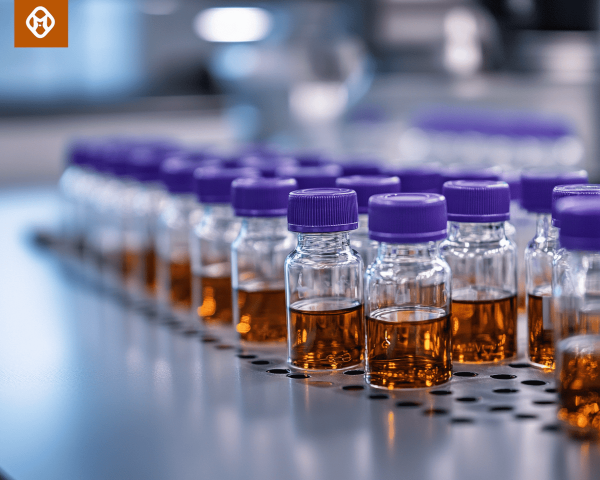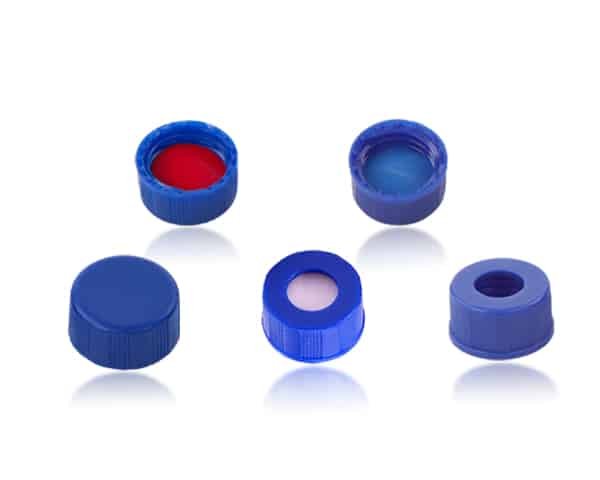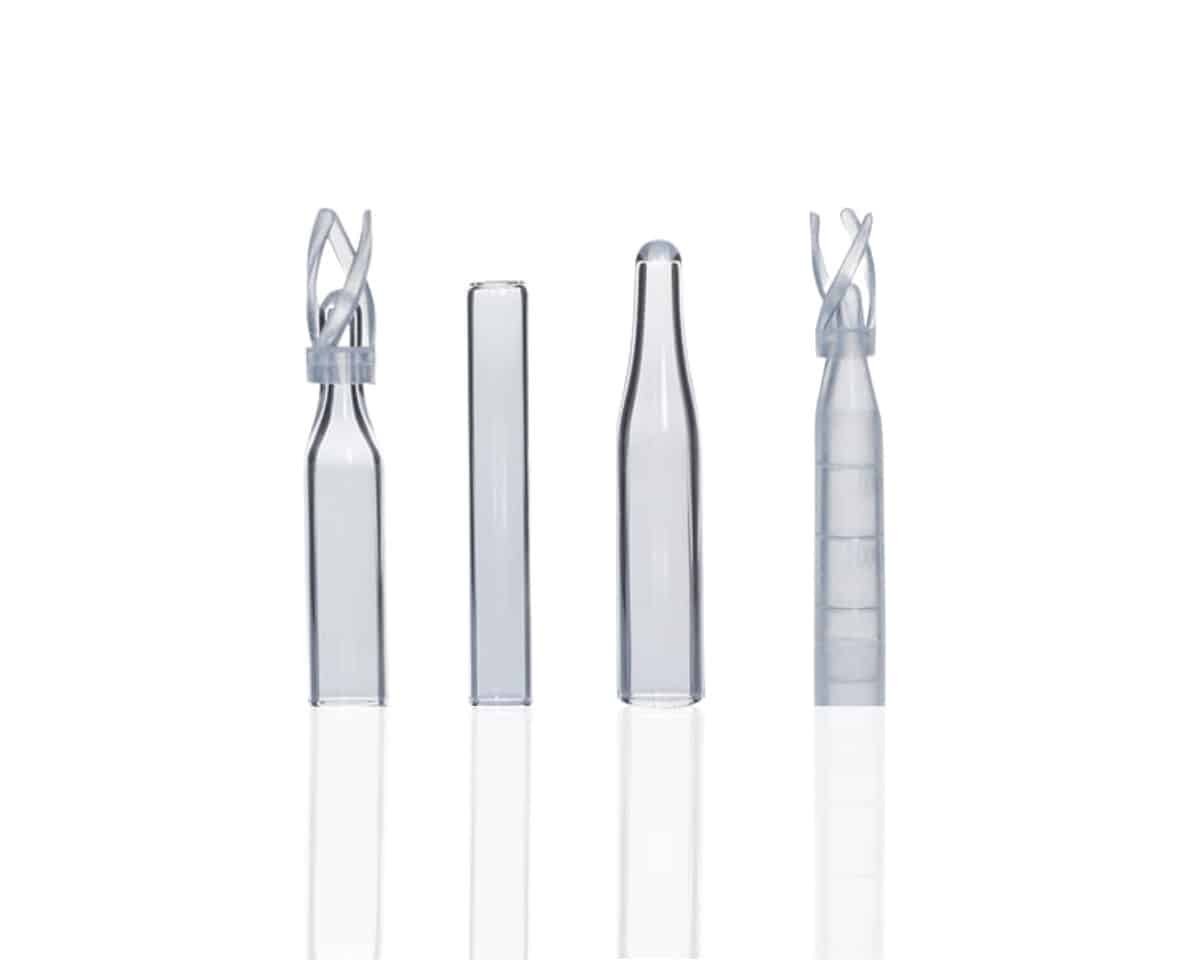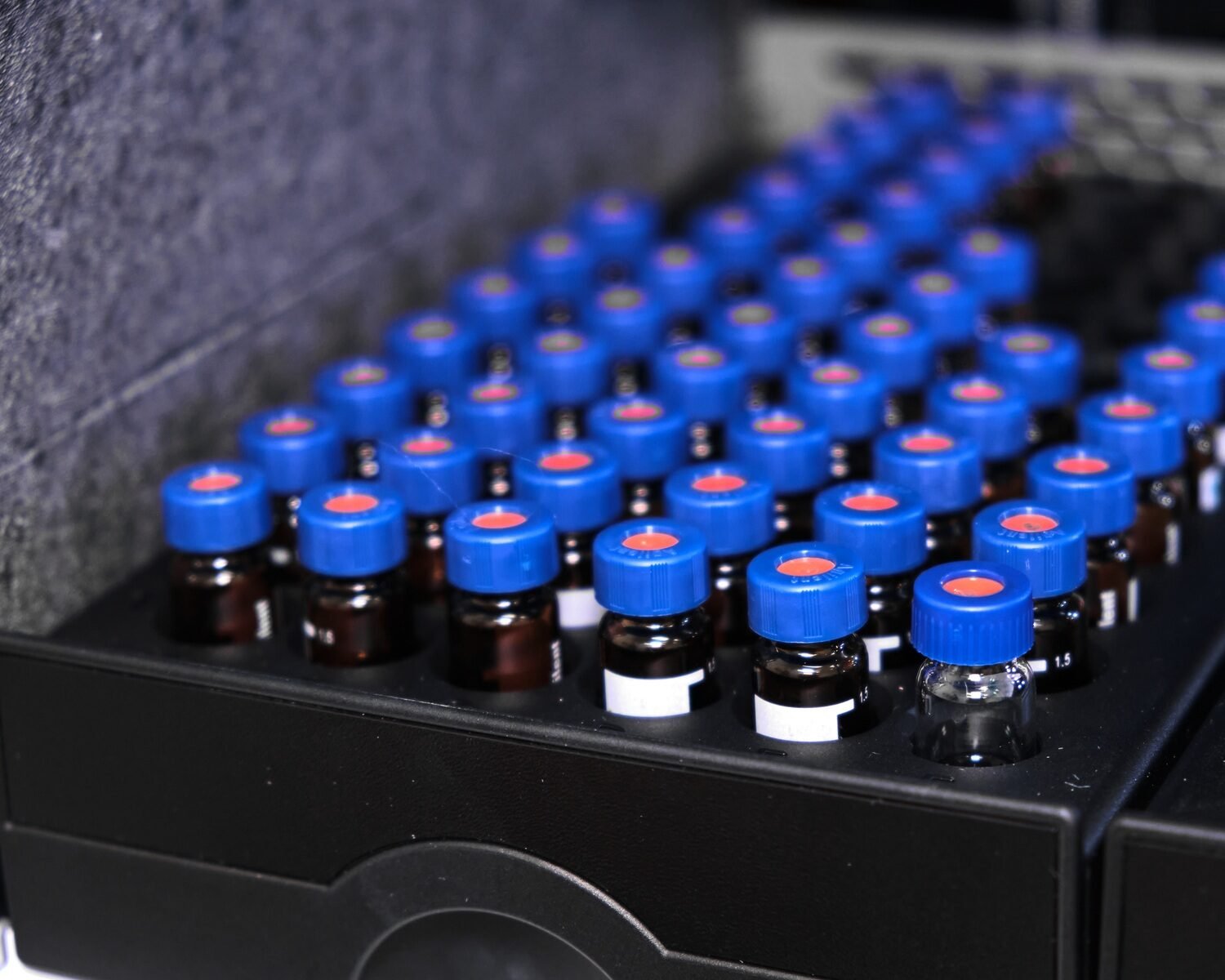Hey there, have you ever wondered why gas chromatography (GC) results sometimes don’t quite hit that perfect 100% mark? It’s a common question, and it can be pretty puzzling when you’re staring at a report and the numbers just don’t line up the way you expect them to. But don’t worry—you’re not alone. I’ve been in your shoes, scratching my head over this, and I’d love to walk you through why this happens.
It’s Not Always About 100%
First things first, you should know that achieving exactly 100% in gas chromatography results is pretty rare. There are a lot of factors at play that can throw the results off. Some of these factors are completely natural, and there’s nothing wrong with your setup or your sample.
But why does this happen? Shouldn’t a properly calibrated instrument always give you that magic number? Let’s dig into it.


Incomplete Detection
One of the most common reasons is that not all compounds in a sample may be detected. GC systems are selective by nature, meaning the detector is designed to only respond to certain types of molecules. For example, if your sample contains non-volatile compounds, they might not even make it through the column. So, if your detector is only seeing part of the picture, it’s no surprise that the total percentages won’t equal 100%.
Think about it this way: it’s like baking a cake but forgetting to account for a few ingredients in your shopping list. You can’t expect the cake to turn out perfectly if you’re missing parts of the recipe. What do you think? Have you noticed this issue in your own experiments?
According to an article from American Chemical Society, different detectors have varying sensitivities, and that can greatly impact what you see in your final results.
Sample Loss During Injection
Another culprit is sample loss, which can happen during injection or even while the sample is being prepared. GC is a sensitive technique, and sometimes, volatile compounds can evaporate or degrade before they even reach the detector. This can be a major headache, especially if you’re working with light, easily evaporated compounds.
I remember the first time I ran into this issue. I was analyzing a pretty simple mixture, and I thought everything was dialed in perfectly. But when I checked the results, they didn’t add up. I later found out that some of the lighter components had evaporated before they even made it into the GC system. That was a lesson learned!
Do you agree with me here? Ever had a sample disappear into thin air like mine did?
Calibration and Sensitivity Issues
Now, let’s talk about calibration. Even when everything seems like it’s running smoothly, if your GC system isn’t properly calibrated, the results will be off. Detectors don’t treat all compounds equally. For example, your GC might be more responsive to one compound than another, even if they are present in equal amounts. That difference in sensitivity can lead to skewed percentages.
Have you checked your calibration settings recently? It’s a crucial step that can sometimes get overlooked when you’re in the groove of running samples. The National Institute of Standards and Technology has great resources on proper calibration techniques if you ever need a refresher.
Baseline Noise: The Hidden Enemy
Here’s a tricky one—baseline noise. This one can sneak up on you. Even with high-end, well-maintained instruments, slight fluctuations in the baseline can impact how the GC quantifies peaks. This can be due to electrical noise, temperature fluctuations, or even contamination in the system. As a result, your peaks might be a little higher or lower than they should be, and that can throw off your total percentage.
When I first started working with GC, I didn’t realize just how much baseline noise could affect the results. I was hyper-focused on the peaks themselves and not paying enough attention to the noise in between. Once I learned to manage that, my results became much more consistent.
Decomposition of the Sample
Let’s not forget sample decomposition. If your sample decomposes under the high temperatures used in gas chromatography, some components might break down into different substances, which wouldn’t have been part of your initial analysis plan. This is especially common with sensitive or thermally unstable compounds.
The temperature you choose for the analysis can make or break your sample’s integrity. Too high, and you risk degrading important components; too low, and some compounds might not fully volatilize. What temperature range do you typically use for your samples? Finding that sweet spot is key.
The Royal Society of Chemistry offers a detailed guide on temperature settings for GC, which could be helpful if you’re struggling with decomposition issues.
Non-Volatile Compounds
Finally, we need to talk about non-volatile compounds. These are components that simply won’t make it through the GC system because they don’t evaporate at the temperatures you’re using. If your sample contains non-volatile materials, they’ll get left behind, and your detector will never see them. So, naturally, the percentages you’re seeing in the results won’t include these compounds.
One way to tackle this is by using a pre-treatment method to separate out the non-volatiles before running the sample through GC. Have you tried that yet?

Conclusion
So, there you have it—a bunch of reasons why your GC results might not add up to 100%. From incomplete detection to calibration issues, there are plenty of opportunities for those numbers to get thrown off. But now that you know what to look for, you’ll be better equipped to troubleshoot when things don’t go as planned.
If you ever find yourself in a bind, don’t hesitate to double-check your calibration, manage your baseline noise, and consider whether your sample might be decomposing or losing compounds before detection. Each of these factors plays a critical role in your final results.
What do I think about all of this? In the end, understanding these nuances makes you a more effective scientist, able to catch errors before they lead you too far off track. And trust me, I’ve been there—it’s worth taking the time to get it right.











